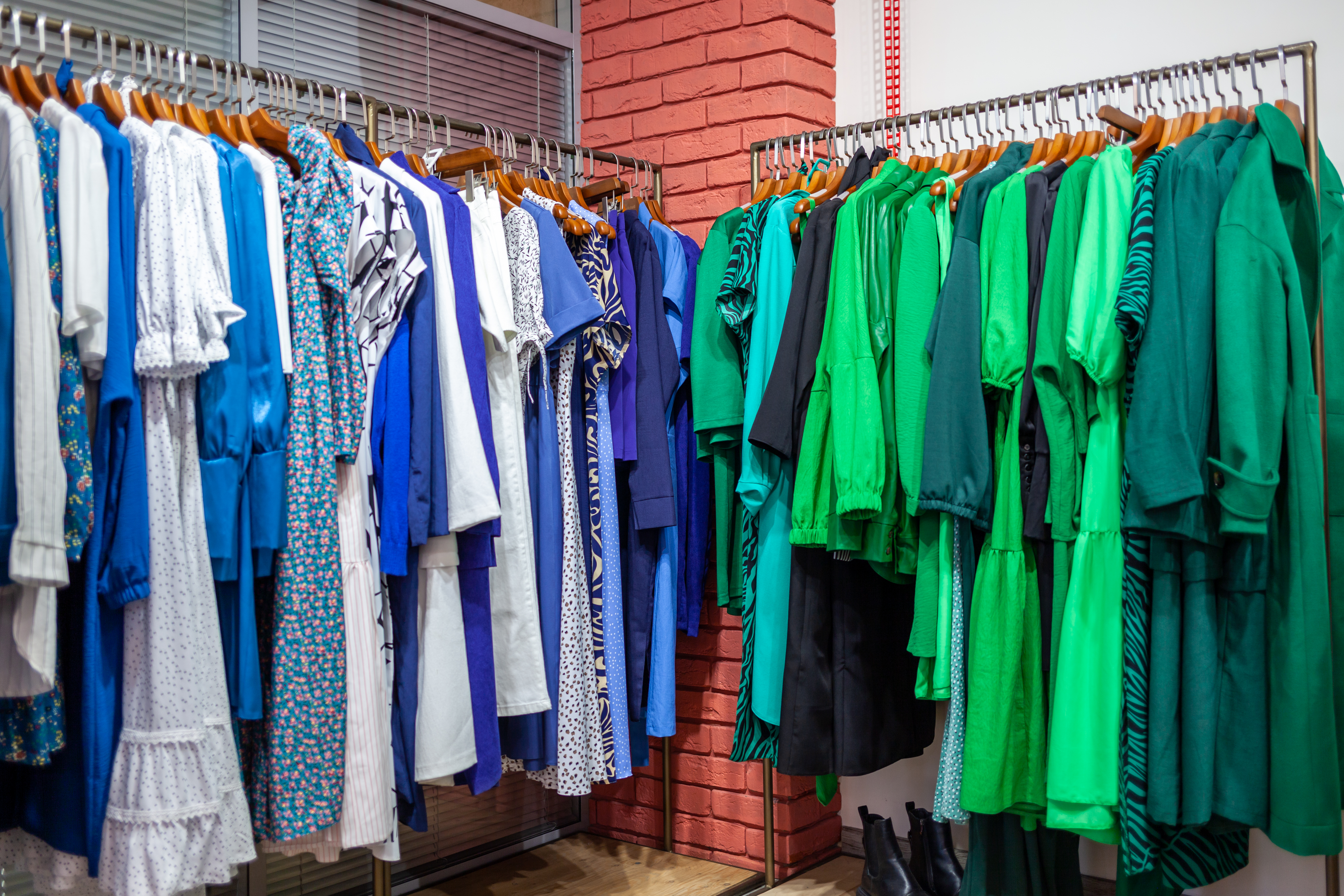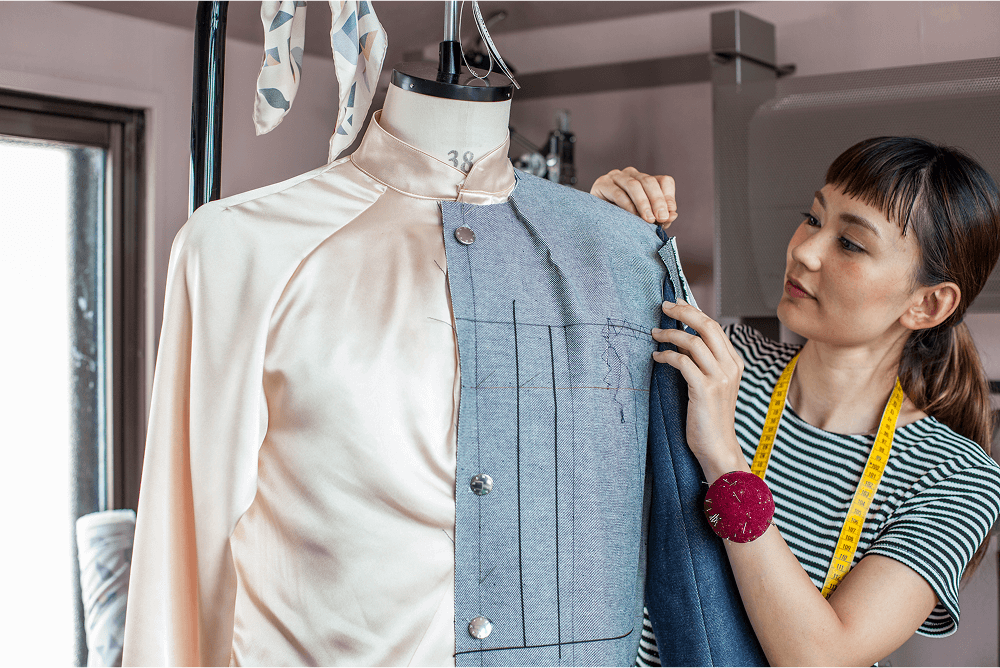Field Notes on Building Beauty Without Harm
Verdure Atelier — Monthly Brief
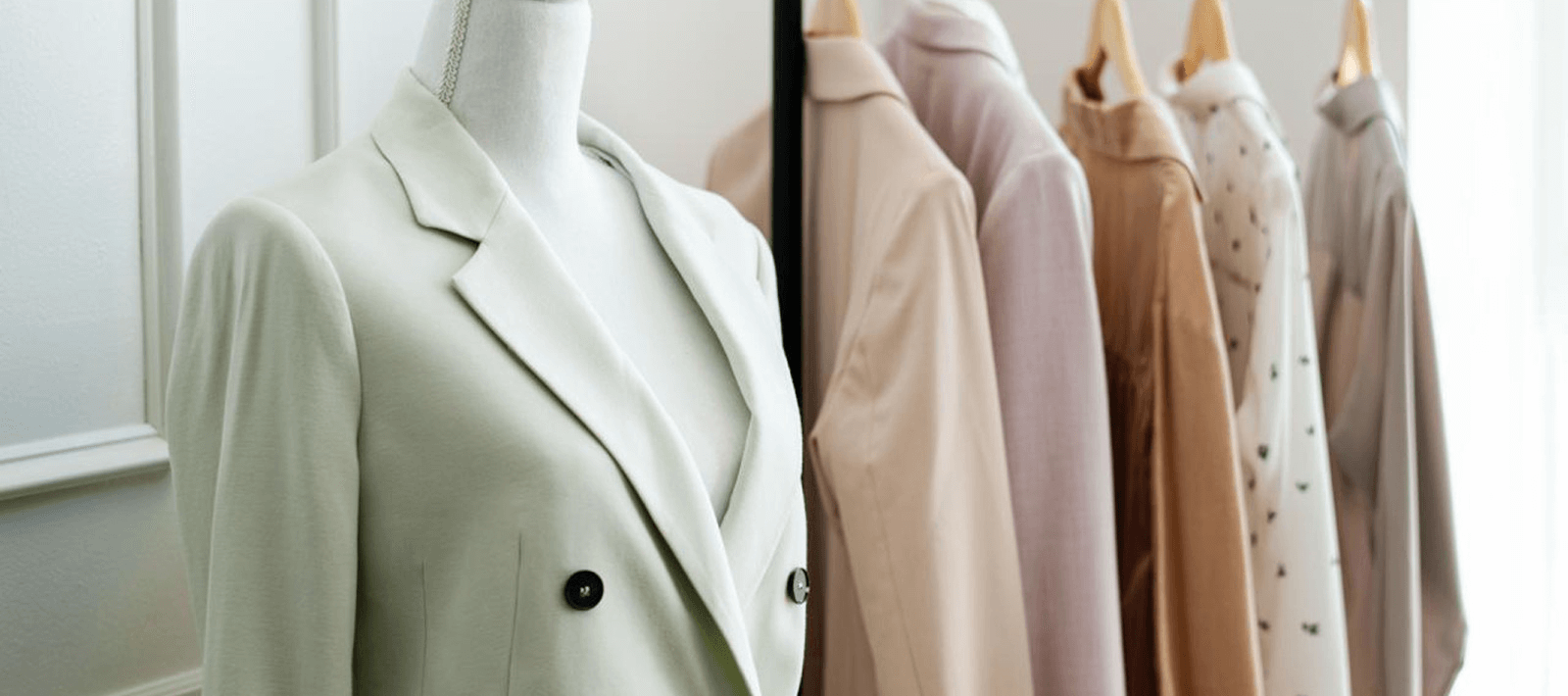
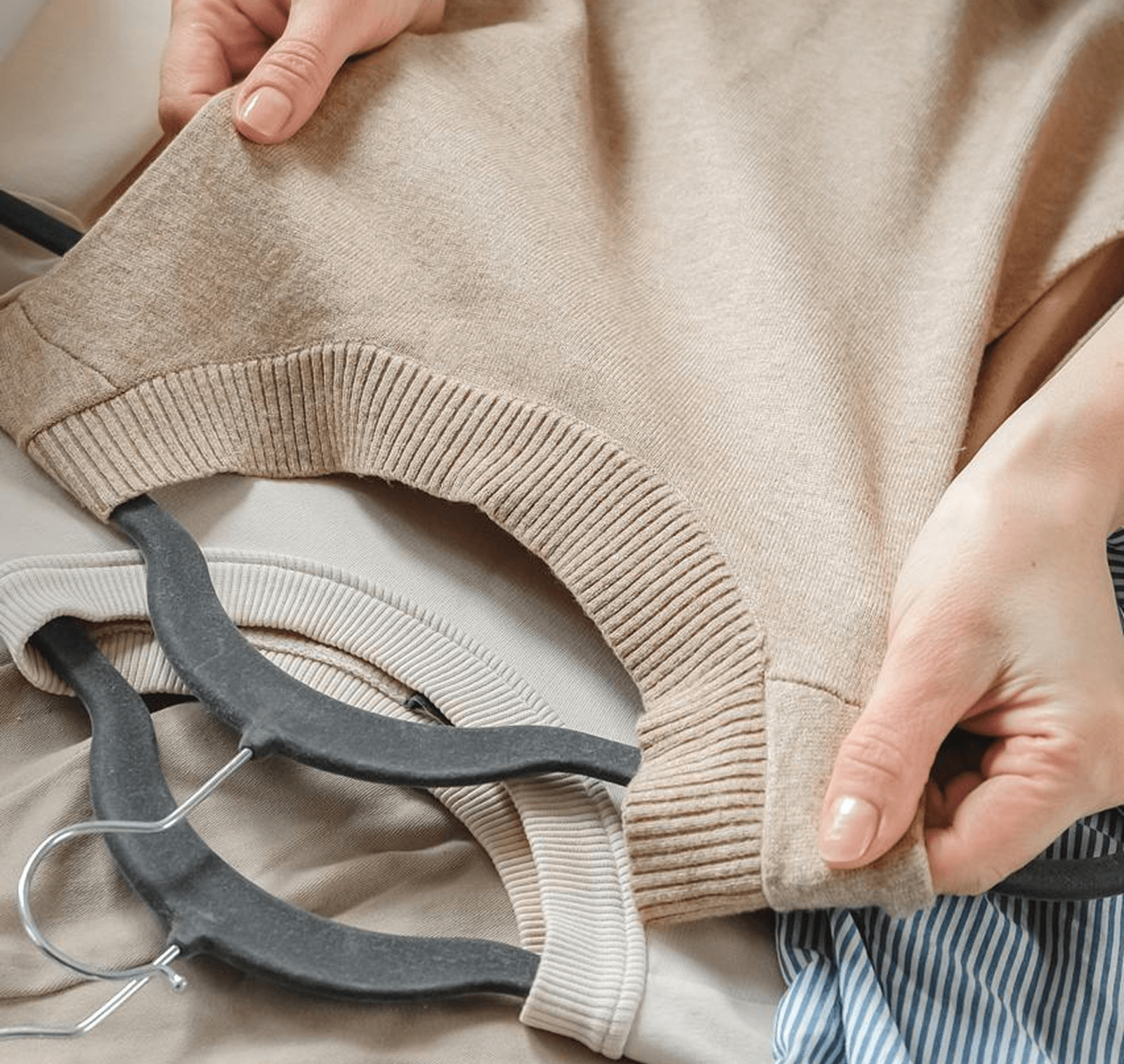

What the Data Is Telling Us Right Now
The luxury and apparel industries continue to scale faster than the planet can sustain. Global apparel emissions reached ~944 Mt CO₂e in 2023, accounting for nearly 2% of global emissions—driven by overproduction and polyester dependence (Apparel Impact Institute).
Meanwhile, we are making more and wearing less. Clothing output has doubled in the past 15 years, while average use has declined by around 40%—a structural driver of waste (Ellen MacArthur Foundation).
The outcome is systemic: the world landfills or incinerates a truckload of clothing every second, and most garments never experience a second life. Synthetics deepen the crisis—washing synthetic textiles accounts for 35% of primary microplastics entering oceans (IUCN Portals).
Material composition is at the heart of it. Polyester represents ~54% of global fiber production and continues to grow, locking in decades of emissions (Textile Exchange). Water use remains another persistent hotspot: a single pair of jeans still consumes thousands of liters through cultivation and care (Levi Strauss & Co.)
The signal is clear: impact concentrates in three nodes — materials, overproduction, and end-of-life. To build a different future, brands must rewrite these three chapters.
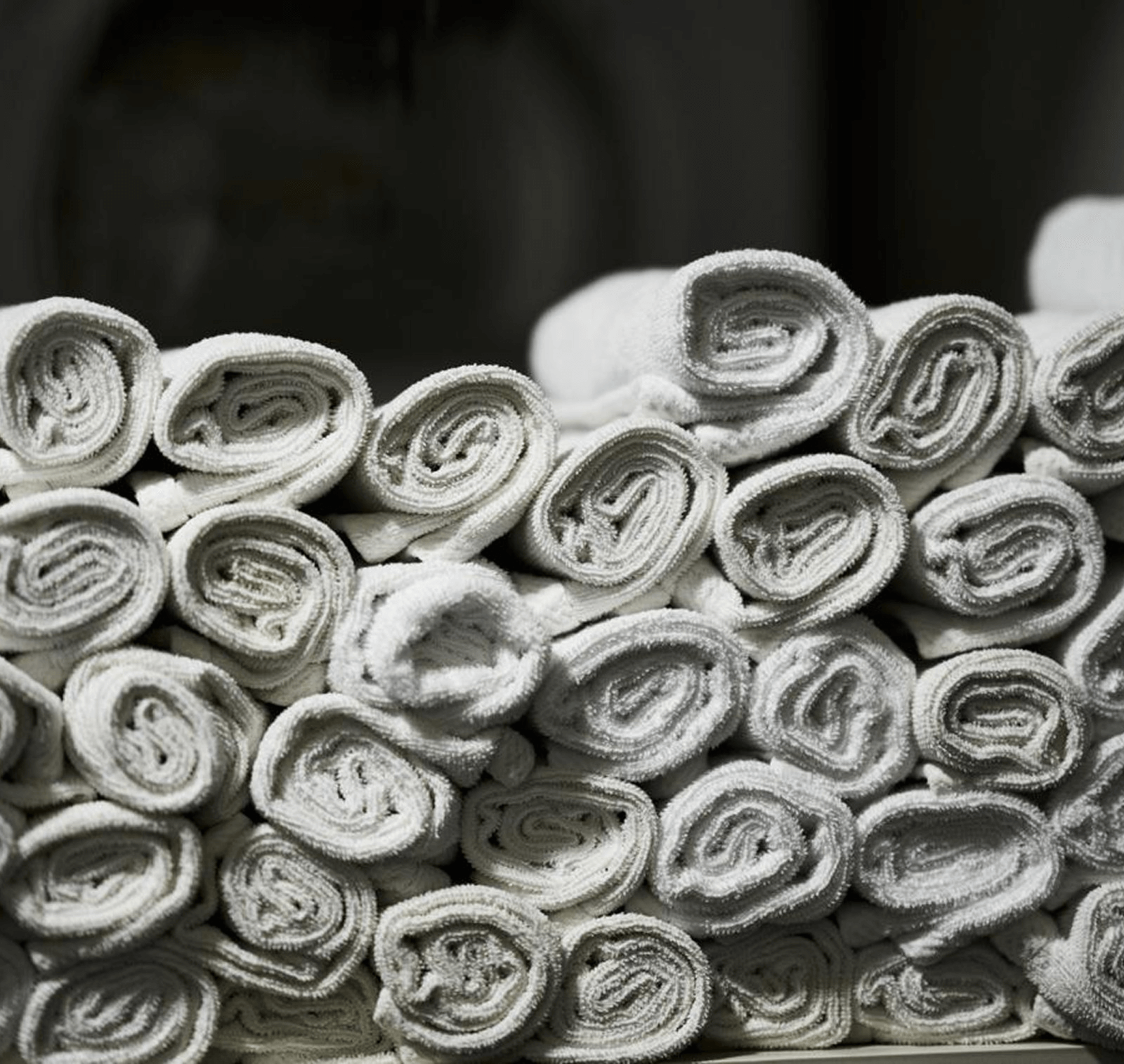

Verdure Atelier’s Operating Answers
At Verdure Atelier, we structure our atelier around four non-negotiables — each with a measurable, public metric.
1. Material Integrity
Rule: Default to plant-based, recycled, or lab-verified low-impact inputs. Avoid virgin synthetics unless performance-critical—and offset with durability guarantees.
Metrics: % of SKUs with verified low-impact inputs. % virgin polyester (Target: 1 each quarter). % bio-based content by weight.
2. Production Discipline
Rule: Make fewer, better. Size demand with data. Build for repair.
Metrics: 90-day sell-through rate; made-to-order share. % of units designed with modular/repairable components. repair vs. replace ratio.
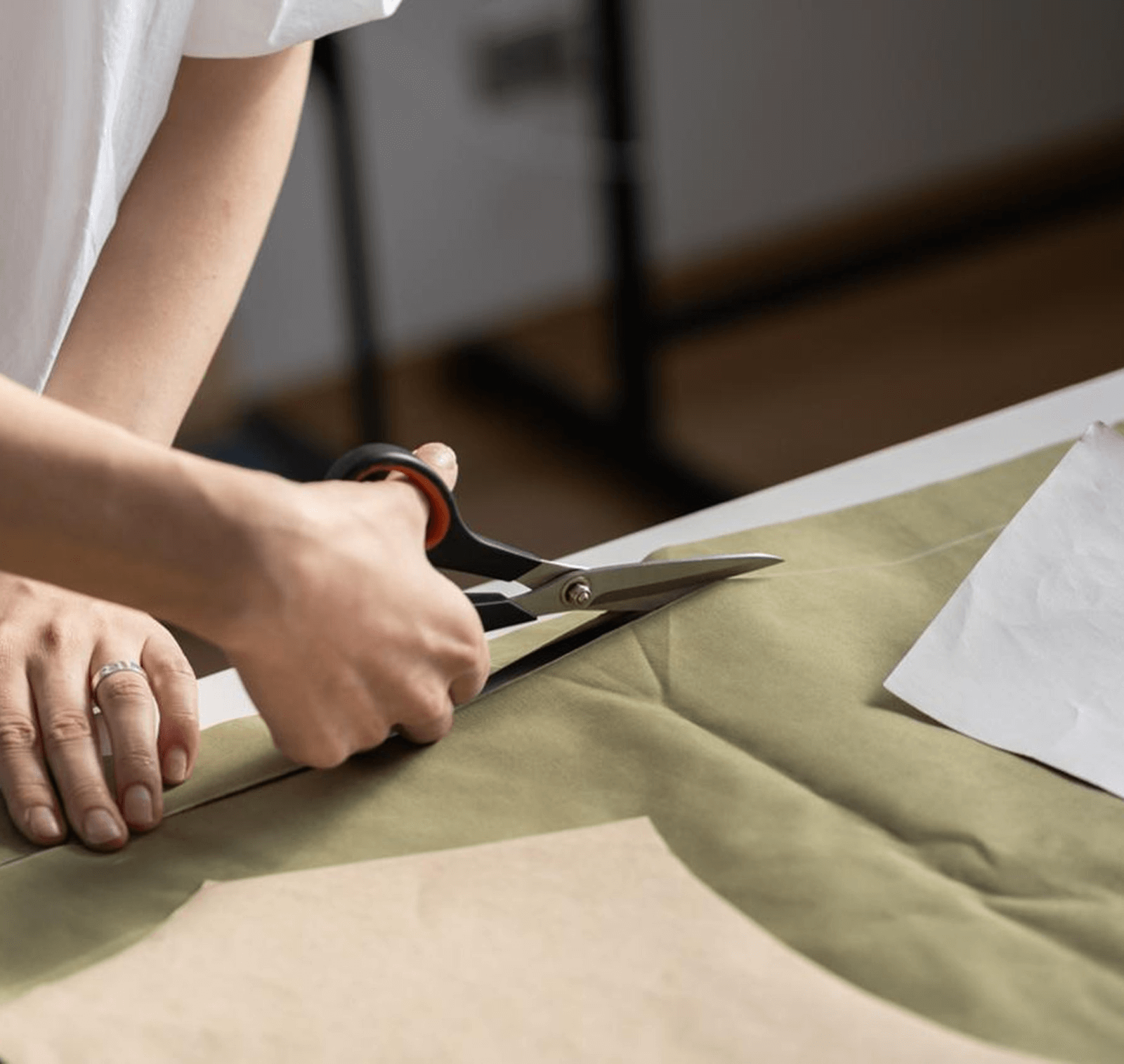

3. Use-Phase Stewardship
Rule: Design for long wear and low-wash care; publish care protocols that reduce water and energy consumption.
Metrics: Modeled garment-years of use; estimated water/energy savings compared to baseline care (Levi Strauss & Co.).
4. Afterlife by Design
Rule: Make fewer, better. Size demand with data. Build for repair.
Rule: Every product leaves with an exit plan—return, refurbish, or remanufacture—so nothing ends up in a landfill.
Metrics: Take-back rate; % of materials reclaimed at product retirement; % of components designed for mono-material recycling.


This Month’s Impact Ledger
Materials:
82% of units used plant-based or recycled inputs; virgin polyester share at 9.6% (↓1.2pp from last month).
Production:
68% sell-through within 60 days; 24% made-to-order.
Use-Phase:
New care cards cut wash frequency by 30% on the knit program (Levi Strauss & Co.).Afterlife: Take-back pilot launched; 17% of eligible units registered for return.
Why This Matters (and Where the Industry Stands)
Many major brands still lack credible decarbonisation plans or production transparency, even as transport and upstream emissions continue to rise (The Guardian). Verdure Atelier’s thesis is simple: impact leadership is a design problem, not a marketing problem. We treat supply chains as creative material—and we publish the math.
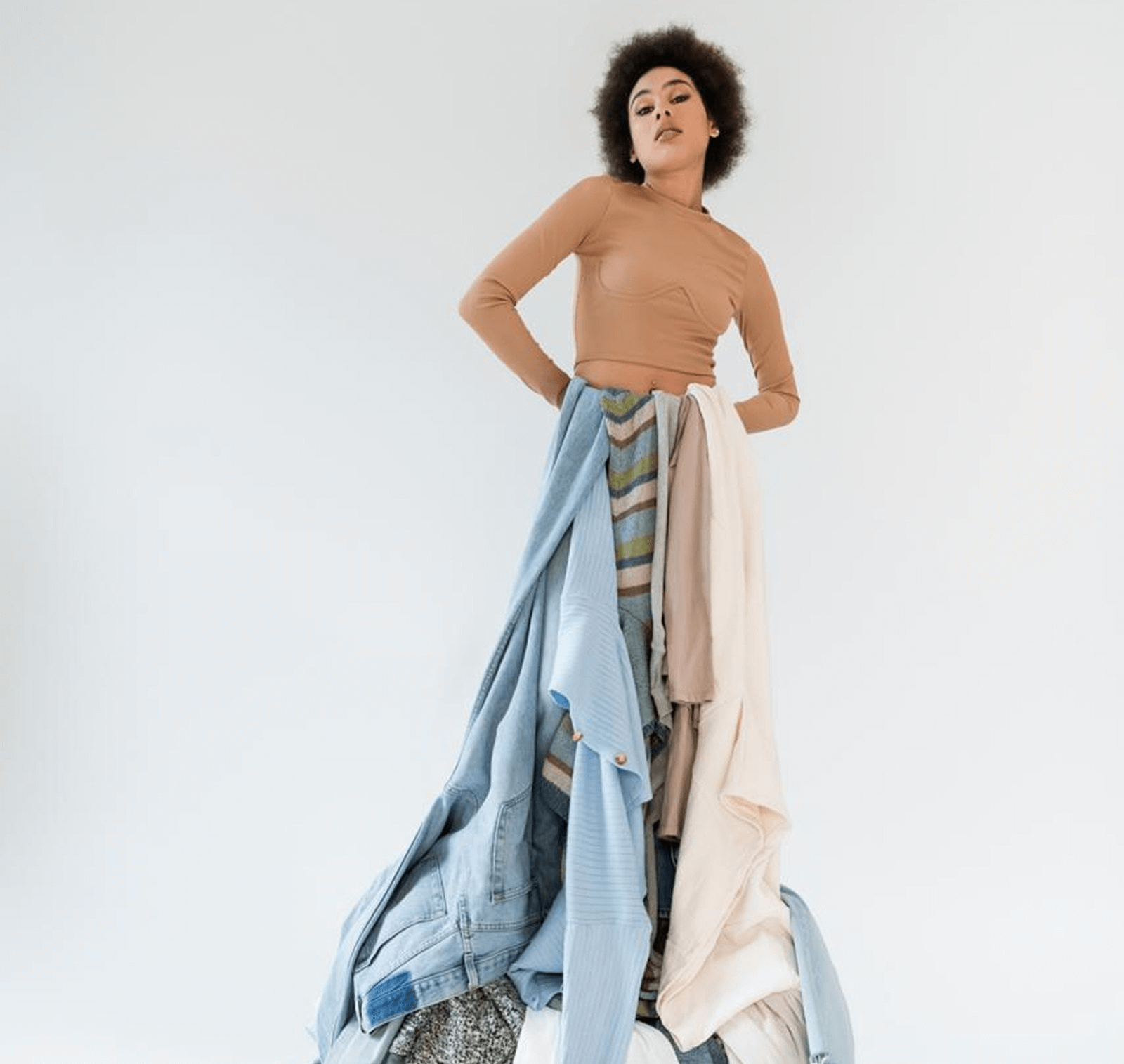

The Roadmap We’re Executing
Materials R&D:
Expand bio-based and recycled inputs; release third-party LCA comparisons for emerging materials (ScienceDirect; SpringerLink).
Demand-Shaped Production:
Scale made-to-order capsules and limited drops tied to verified waitlists. No open-ended replenishment without >70% pre-commitment.
Care Protocols:
Launch “Wear Longer, Wash Less” initiative to help reduce water and energy without compromising handfeel (Levi Strauss & Co.).
Afterlife Infrastructure:
Build refurbishment and remanufacturing pathways with transparent recovery ratios and material yields.
An Invitation
Many major brands still lack credible decarbonisation plans or production transparency, even as transport and upstream emissions continue to rise (The Guardian). Verdure Atelier’s thesis is simple: impact leadership is a design problem, not a marketing problem. We treat supply chains as creative material—and we publish the math.
— Shivika, Founder & CEO, Verdure Atelier
Notes on Sources
We draw on verified sector analyses for every data point shared above: Apparel Impact Institute (emissions), Ellen MacArthur Foundation (waste), IUCN/EEA (microplastics), Textile Exchange (fiber mix), Levi Strauss & Co. (water and lifecycle care). Inline citations are included to keep us transparent—and accountable.





